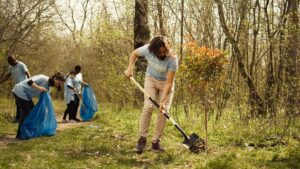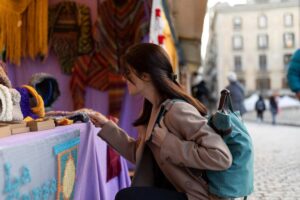Travel Blogs
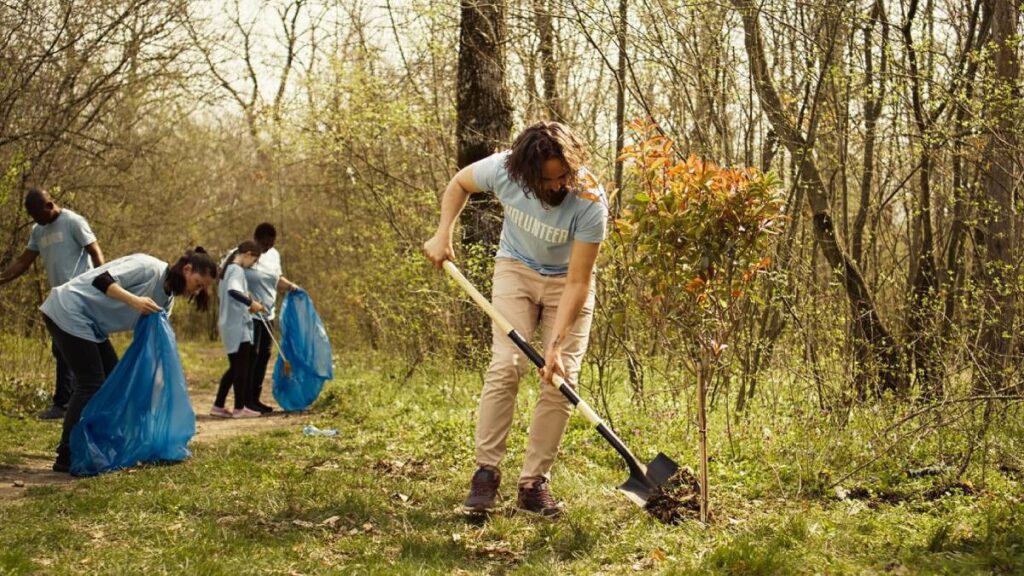
The Impact of Regenerative Travel on Local Communities
When you think of travel, you might imagine beaches, mountains, or historic cities. But behind the beauty, there are people — communities that live, work, and thrive in these places. And too often, tourism leaves them worse off.
That’s where regenerative travel steps in. It doesn’t just aim to avoid harm. It actively helps. At its core, regenerative travel gives back — to the environment, yes, but also to the people who call a place home.
In this guide, we’ll focus on how community-based tourism can benefit locals and why it matters. If you’re new to sustainable travel or aware of your impact, this guide is for you. It offers a friendly look at making real, lasting change.
What Is Regenerative Travel?
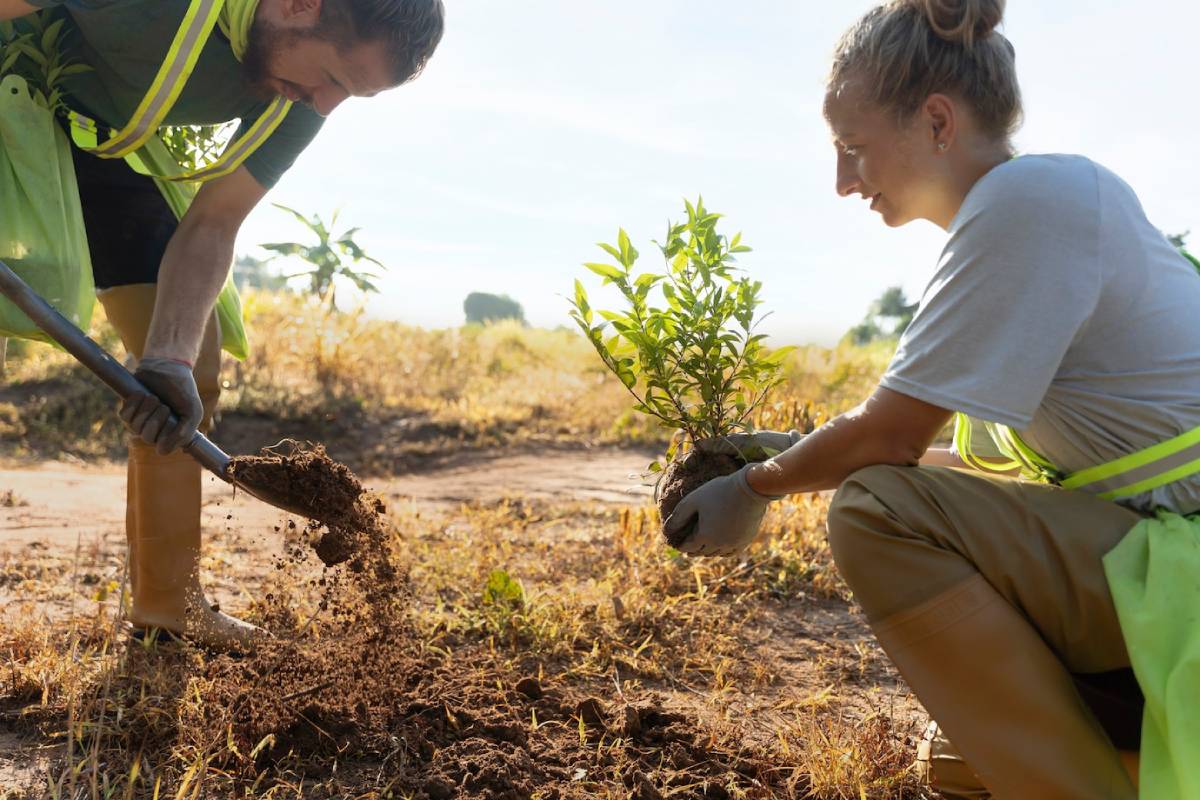
Regenerative travel means leaving a place better than you found it. Unlike basic sustainability, it’s not just about doing less harm. It’s about helping — restoring land, supporting traditions, and creating new local opportunities.
In a community context, it means tourism that:
- Boosts the local economy
- Empowers residents to lead
- Respects culture and history
- Helps communities thrive in the long term
Why Local Communities Matter
Tourism can bring money — but also problems. When big hotels or foreign tour companies dominate, locals are left out. Jobs may be low-paid, traditions may be lost, and housing prices can rise.
But when communities are at the heart of tourism, things shift. Community-based tourism lets locals run the show. They decide what they share and how. The result? Pride, ownership, and long-term success.
Regenerative Travel Benefits for Local Communities
1. Fair Income and Local Jobs
In regenerative travel, visitors spend their money on local guides, family-run stays, small eateries, and local crafts. That money stays in the area. It supports real people.
In rural Thailand, tourists stay in home-stays and learn to cook Thai food. Families earn directly — and share their culture proudly.
2. Skills, Training, and Education
Regenerative travel often involves teaching, workshops, or learning exchanges. Locals can train as guides, hosts, or conservation leaders.
In Costa Rica, reforestation tours teach locals about forest care. They also offer tourists a hands-on experience.
3. Cultural Preservation
When visitors are curious and respectful, it encourages locals to share and celebrate traditions. From food to language to dance, culture stays alive — not lost.
In Guatemala, Mayan communities offer weaving workshops. These not only preserve the craft, but pass income to women in the village.
4. Infrastructure and Investment

More visitors can mean more attention. Well-planned community tourism can lead to clean water projects, better schools, or solar power.
In Nepal, village trails now feature toilets, clean rest stops, and solar lamps. These improvements are partly funded by trekkers.
5. Environmental Protection
Locals are more likely to protect land and wildlife when tourism supports their care. Many regenerative travel efforts include clean-ups, replanting, or wildlife tracking.
In Kenya, Maasai communities manage conservancies that protect wildlife while hosting guests.
How Tourists Can Help
Book Direct with Local Operators
Avoid large platforms when possible. Book through local cooperatives, NGOs, or directly with the host.
Stay in Community-Owned Places
Look for home-stays, farm stays, or small eco-lodges owned by locals. These often include meals, stories, and deep connection.
Join Cultural Exchanges
Say yes to cooking classes, storytelling nights, or community tours. They offer insight — and income.
Shop and Eat Local
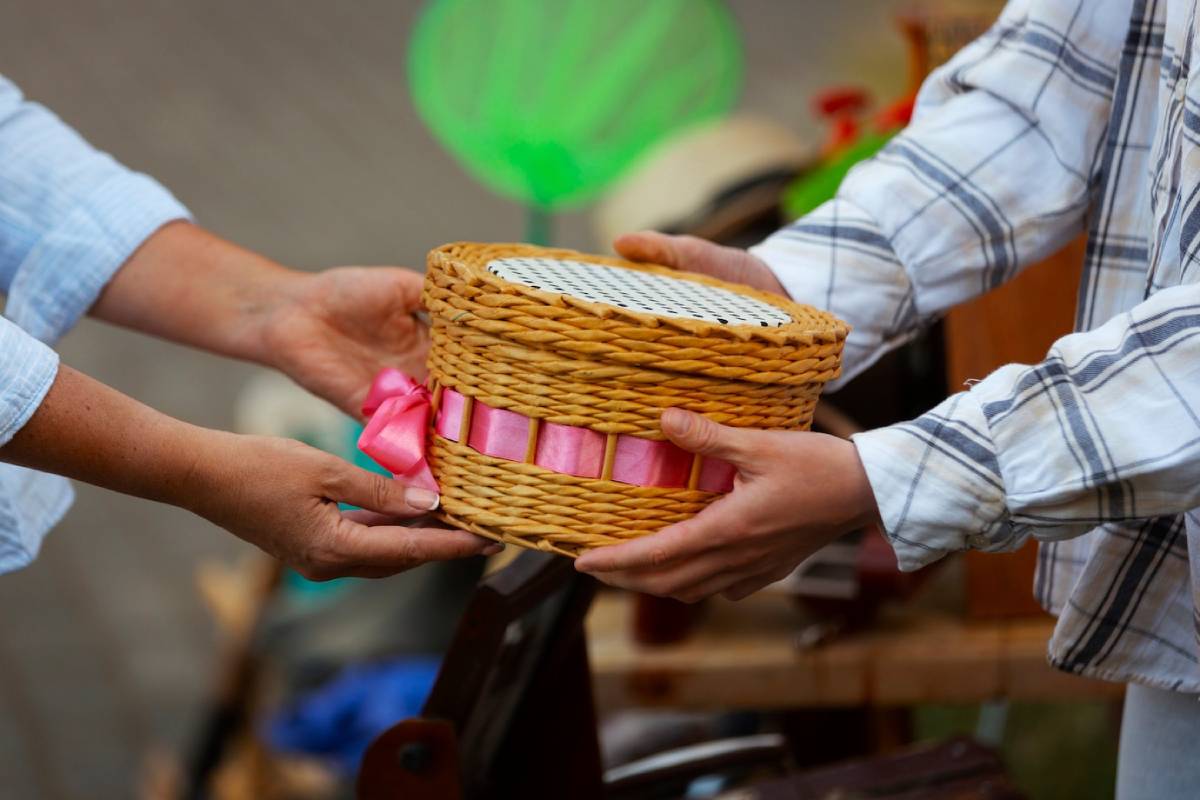
Skip international brands. Visit markets, buy crafts from artisans, and dine at local cafés.
Ask and Listen
Ask, “What’s the best way I can help?” Locals know. Then listen — and follow their lead.
Tips for Responsible Community Travel
- Learn basic phrases in the local language
- Ask before taking photos of people
- Dress respectfully
- Be open, patient, and willing to learn
- Leave a review to support good efforts
- Donate or contribute to projects after you return
A Personal Story: Learning in Laos
Amy travelled to Laos and joined a textile workshop in a small village. She learned how to dye and weave from a group of local women. The fee she paid went directly to a cooperative that funds schooling for their children.
She stayed in a simple hut, ate with the family, and learned more in one week than she had on any guided city tour. She still wears the scarf she made — and tells everyone the story behind it.
Start Local, Think Global
Regenerative travel doesn’t have to mean far-flung adventures. You can:
- Explore rural villages in your country
- Stay with an Indigenous community nearby
- Volunteer with a local conservation or food project
Every place has people working to protect it. Find them. Support them.
Great Resources to Find Community-Based Travel
- Community Homestay Network: Homestays in Nepal and beyond
- Regenerative Travel: Certified destinations that support communities
- WWOOF / Workaway: Work exchanges in farms and homes
- Fairbnb: A fair alternative to Airbnb that supports local projects
- Tourism Cares: Connects travellers with community programs
Travel That Uplifts
The best trips don’t just change you — they change the places you visit too. Sustainable community travel lets you experience the world deeply, while helping others rise.
Every meal you share, every story you hear, every home you stay in makes a difference. Together, we can build a kinder, stronger way to travel.
Who will you meet on your next journey? Share this guide or comment below with a local experience that touched your heart. Let’s keep the movement growing.




